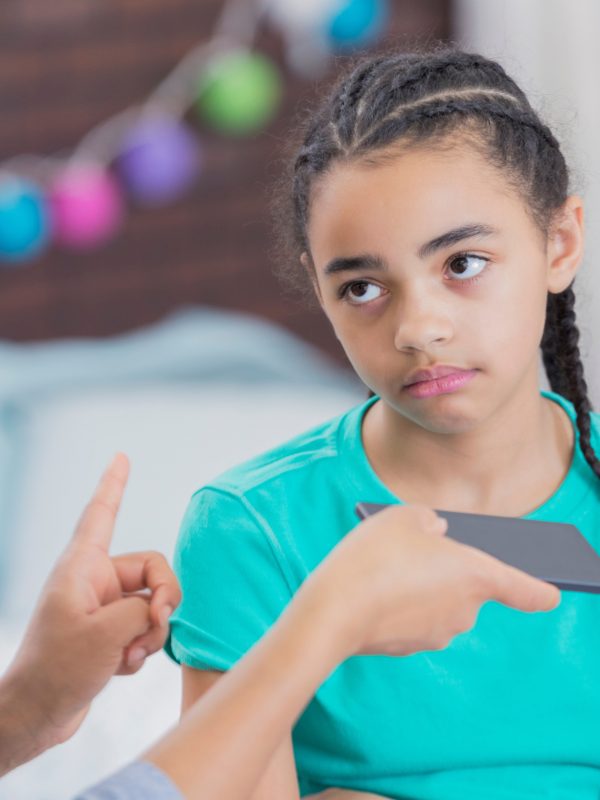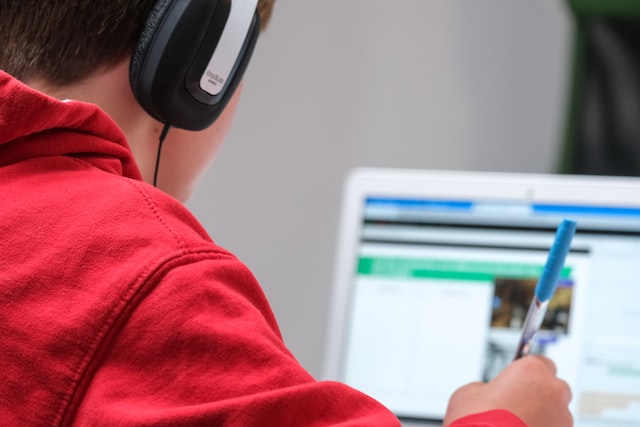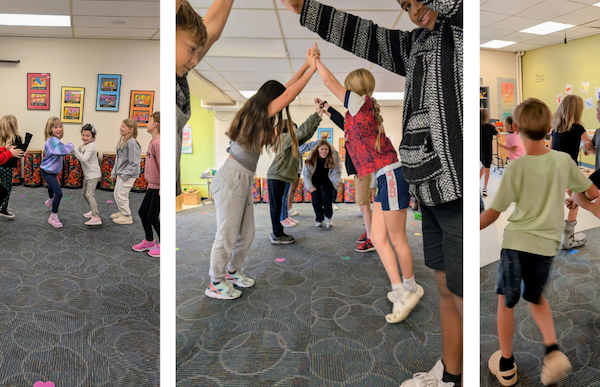
Springer’s 9th Grade
January 10, 2023
A Better Way to Think About Consequences
January 20, 2023
Let's take a closer look at what it truly means to study effectively and why this tends to be such a difficult task for children with learning disabilities and/or ADHD.
Knowing how to effectively prepare and study are not necessarily intuitive skills for children. Explicit instruction is a vital step in the process of helping children understand and develop study strategies that work for them.
Traditional studying isn't effective for many. The most common way to study is to sit down with textbooks and notes, read through assignments and try to memorize the information. This is the traditional way of studying, but if you have a child with a learning disability or ADHD, you know all too well that this approach can be difficult at best, and impossible at worst. One major drawback with trying to memorize everything learned is that feelings of frustration and hopelessness often take root. This frustration then leads to feeling like giving up. The traditional approach to studying means that sitting still long enough to effectively review and memorize the information is just not going to happen.
Alternative methods of studying, such as listening to audio recordings or watching videos online should be in every teacher and parent's toolbox.
- Essentially, when it comes to studying, there are two parts: input and output. Input is what we take in during the process of learning, such as reading a book or listening to a lecture.
- Output is what we produce from our brains, such as jotting down notes (another process that should be explicitly taught) or writing an essay.
Both of these processes must work together for a successful outcome!
Ultimately, studying isn’t just about inputting information; it’s also about knowing how to use that information once you have it. Which means…effective study skills can also encompass more than just content knowledge. It’s not just about how to study math or science equations; it's also having answers to these questions:
- How do you plan your day so that you can get everything done?
- How do you create time for yourself?
- How do you prioritize your homework and chores?
These are all things that most children don't learn until they go off to college and start struggling because they don't know these basic skills.
One of the easiest ways to teach your child a different approach to studying is by exposing them to a variety of study tactics. Try some of these approaches if you're looking for new ideas. Encourage hands-on, interactive activities that provide a richer and deeper understanding of the material. This will expand their point of view on how to study, which can make all the difference when they take their exams.

By adopting a new study strategy and diversifying what they do while they study, students with learning disabilities and ADHD can feel more confident and succeed in school.
Students don't have to resign themselves to daydreaming or boredom while studying. The key is finding a way to study that's customized around your child's needs.
Don't give up before you find the right method because there are still plenty of alternatives out there that could improve your child's academic success with less stress and frustration involved.
Blogger Lisa Bruns, M.Ed., Special Education, shares her expertise of students with learning disabilities. As a special educator, she has expert knowledge of interventions and accommodations that students may need to succeed in and out of the classroom. If you have questions, please contact Center Director Lisa Bruns at .



